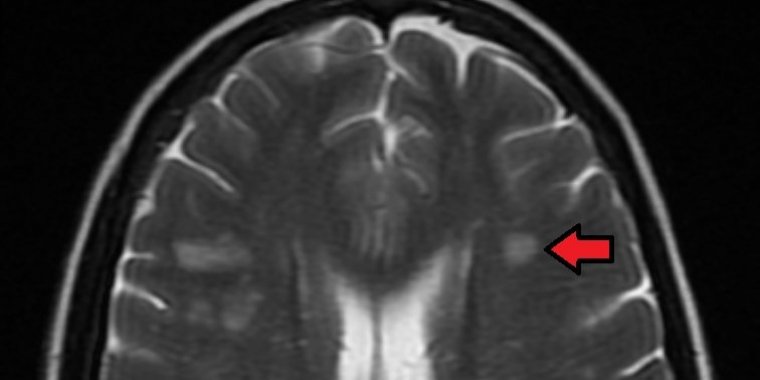| Health / Health News |
Genetic study paves way for new neuropathic pain treatments
A pioneering international study, carried out by the University of Granada, Harvard University, the University of California, Los Angeles (UCLA), the University of Florida, Laval University and the Jackson Laboratory has conducted an in-depth analysis of the molecular differences between the most common symptoms associated with neuropathic pain.

Central neuropathic pain can be found in multiple sclerosis. ![]()
The project may pave the way for the development of more effective painkillers for the treatment of this debilitating chronic condition, which afflicts approximately 500 million people throughout the world.
When an injury is incurred in the nervous system, this can give rise to a very specific condition known as neuropathic pain.
The research study, conducted on mice, has examined the profile of the genetic changes that occur following these nerve injuries and aims to broaden our understanding of the mechanisms responsible for causing neuropathic pain.
When an individual suffers from this chronic condition, sensory stimuli such as temperature (especially cold sensations) and tactile sensations, which under normal circumstances do not generally cause pain, are interpreted by the nervous system as acutely painful. This abnormal response to stimuli is called allodynia.
Not all patients experience these painful symptoms with the same level of intensity, and some react more adversely than others to cold temperatures (cold allodynia) as opposed to tactile sensations (tactile allodynia), and vice versa.
This pioneering new study demonstrates that the causes of cold allodynia are exclusively neuronal in nature and that it is a direct response to the nerve injury, while tactile allodynia is the result of complex interactions between the immune system and the nervous system.
Consequently, the diverse manifestations of neuropathic pain have different cellular origins and therefore patients suffering from cold or tactile allodynia may be in need of different therapeutic strategies to treat their specific conditions. (University of Granada)
YOU MAY ALSO LIKE





